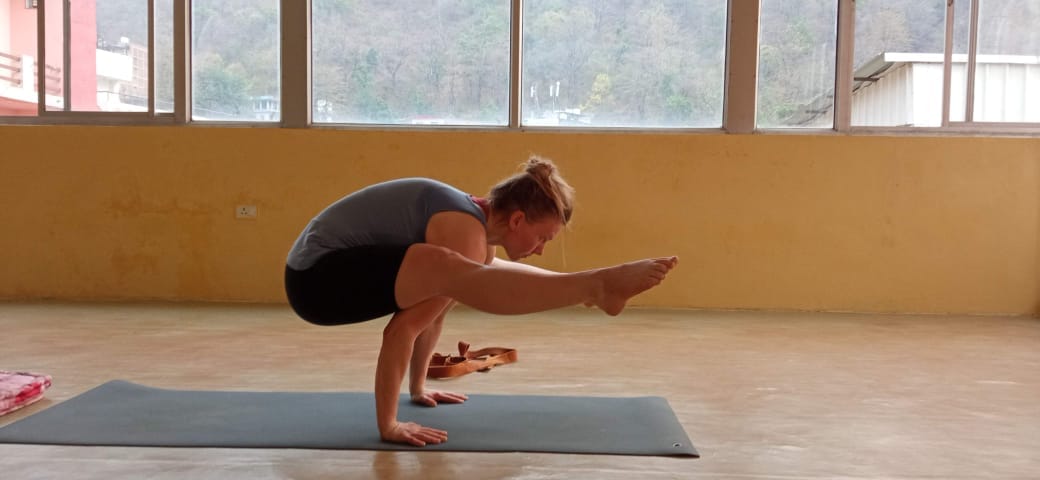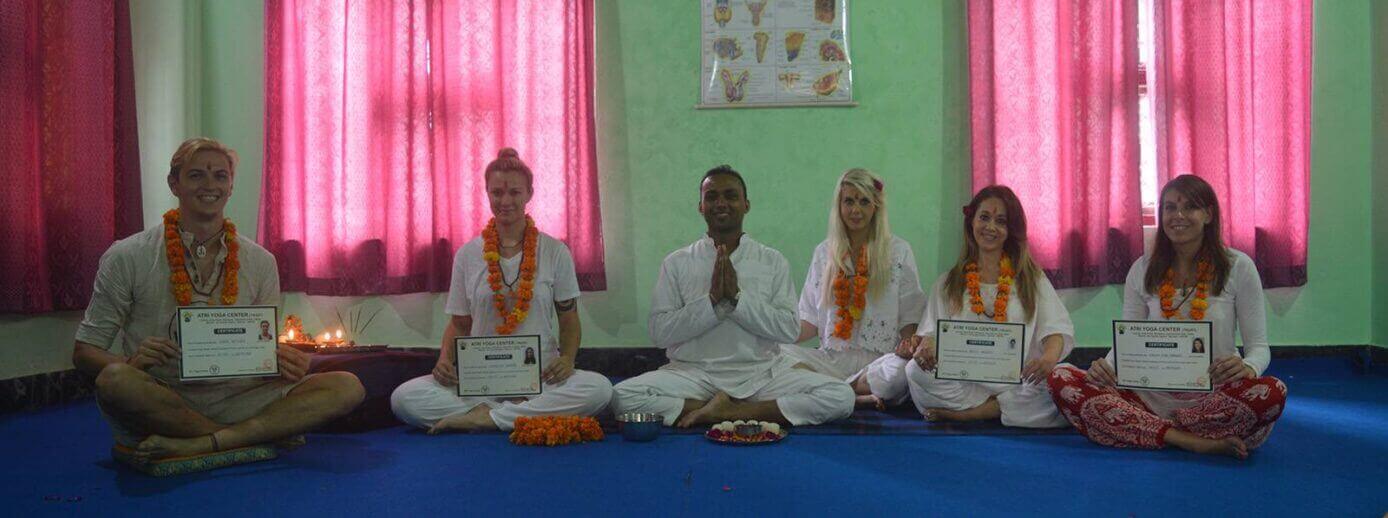Surrounded by the foothills of Himalayas and sacred river Ganges, Rishikesh is not just being termed as Yoga capital of the world- it the center for holistic wellness? Among its other teaching module, the 500-hour yoga teacher training in Rishikesh is emerging as a transformative journey that glued-up the ancient sciences of Yoga and Ayurveda together. This integrative approach nurtures both body and mind, offering a deeply enriching path to self-awareness, healing, and balance.
Students enrolling in a 500-hour yoga teacher training in Rishikesh gain more than just technical expertise in asanas, pranayama, and meditation, The comprehensive teaching module includes the fundamentals of Ayurveda, the “science of life,” which teaches how to align one’s lifestyle with natural rhythms. This harmony between Yoga and Ayurveda becomes a foundation for true wellness and sustainable health—something that modern wellness seekers increasingly crave.
The 500-hour yoga teacher training in Rishikesh allows practitioners to dive deep into Ayurvedic principles such as dosha balance, diet, detoxification, and herbal therapies. These teachings complement yoga practice by supporting digestive health, mental clarity, and energetic balance. As a result, trainees not only learn how to teach yoga but also how to guide others in holistic healing practices.
The 500-hour yoga teacher training in Rishikesh allows practitioners to dive deep into Ayurvedic principles such as dosha balance, diet, detoxification, and herbal therapies. These teachings complement yoga practice by supporting digestive health, mental clarity, and energetic balance. As a result, trainees not only learn how to teach yoga but also how to guide others in holistic healing practices.
What sets Rishikesh apart is its unique spiritual energy. As the birthplace of yoga and a hub of traditional Ayurvedic wisdom, it offers an ideal backdrop for the 500-hour yoga teacher training experience. Ashrams and training schools here are deeply rooted in Vedic traditions, and the natural setting—Ganga riverside meditations, sattvic food, and detoxifying herbs—enhances the effectiveness of both Yoga and Ayurveda.
Completing a 500-hour yoga teacher training in Rishikesh with an Ayurvedic integration equips students with tools to live consciously and teach authentically. This combination appeals not only to aspiring yoga teachers but also to health coaches, wellness professionals, and anyone committed to a life of harmony and purpose. It’s a journey of learning and unlearning, supported by time-tested traditions and the wisdom of generations.
How a Day Looks Like
Mornings are quiet. The kind of quiet that’s not empty—but full. You sit. You breathe. You move. Maybe a chant or two.
After that? Tea. Not your usual kind. Something warm and spicy, maybe with tulsi or ginger. Your 500-hour yoga training continues with philosophy, anatomy, or Ayurveda sessions. You learn about Vata, Pitta, and Kapha. Slowly. Piece by piece.
Meals? Clean and sattvic. No spices screaming for attention. Just balance. Pure and light.
Afternoons bring practicals, meditation, and maybe a healing therapy. It depends.
By sunset? You’re different.
Enhancing Your 500-Hour Yoga Teacher Training with Ayurveda
If you’re pursuing a 500-hour yoga teacher training in Rishikesh, you’re already on a path to mastery. This advanced training is designed to go beyond the basics and help you become a confident, knowledgeable teacher.
But imagine taking it a step further.
- By learning how Ayurveda and yoga work together, you can:
- Understand your students’ unique body constitutions (Vata, Pitta, Kapha)
- Modify yoga practices according to doshas and seasons
- Recommend Ayurvedic lifestyle habits that complement their yoga journey
- Create holistic programs that go beyond the mat
It’s not just about teaching more asanas. It’s about becoming a true wellness guide.
Many schools in Rishikesh now include Ayurveda workshops and theory sessions within their 500-hour programs. These sessions cover:
- Ayurvedic diet principles
- Herbal remedies and their uses
- Daily routines for balance (Dinacharya)
- Seasonal detox practices
How to use oils, spices, and teas for healing
You don’t need to become an Ayurvedic doctor to apply this wisdom. Even small insights can make a big impact on your own life—and your students’.
The Benefits of Combining the Two Practices
When you merge yoga and Ayurveda, the benefits multiply:
- Deeper healing: While yoga clears energetic and emotional blocks, Ayurveda supports the organs, digestion, and immunity.
- More awareness: You become more mindful about food, movement, and emotional patterns.
- Greater balance: You’re no longer just reacting to stress—you know how to prevent imbalance before it starts.
- Sustainable wellness: It’s not a quick fix. It’s a lifelong practice that grows with you.
And if you’re planning to teach globally, this integrated knowledge will set you apart.




